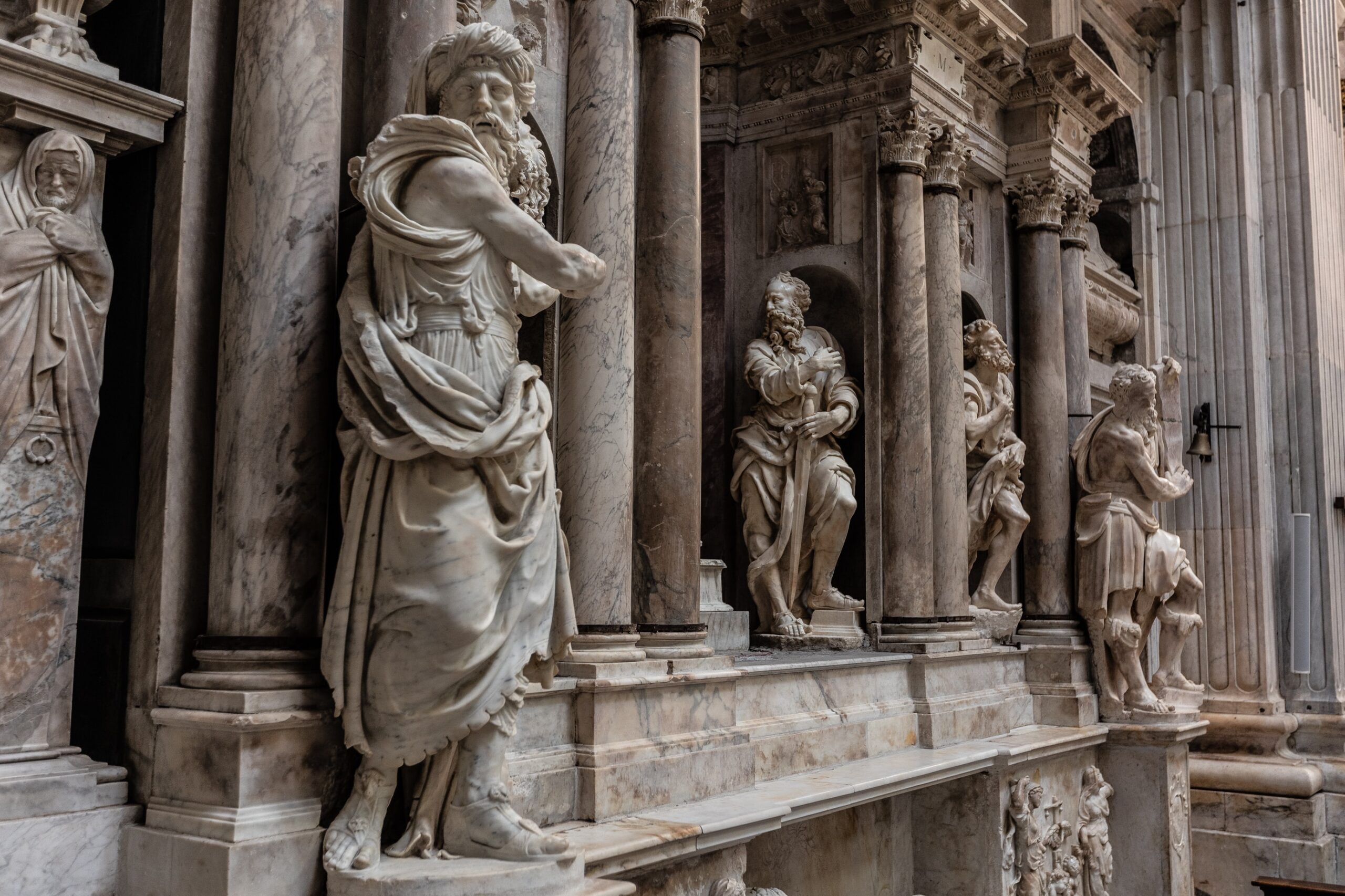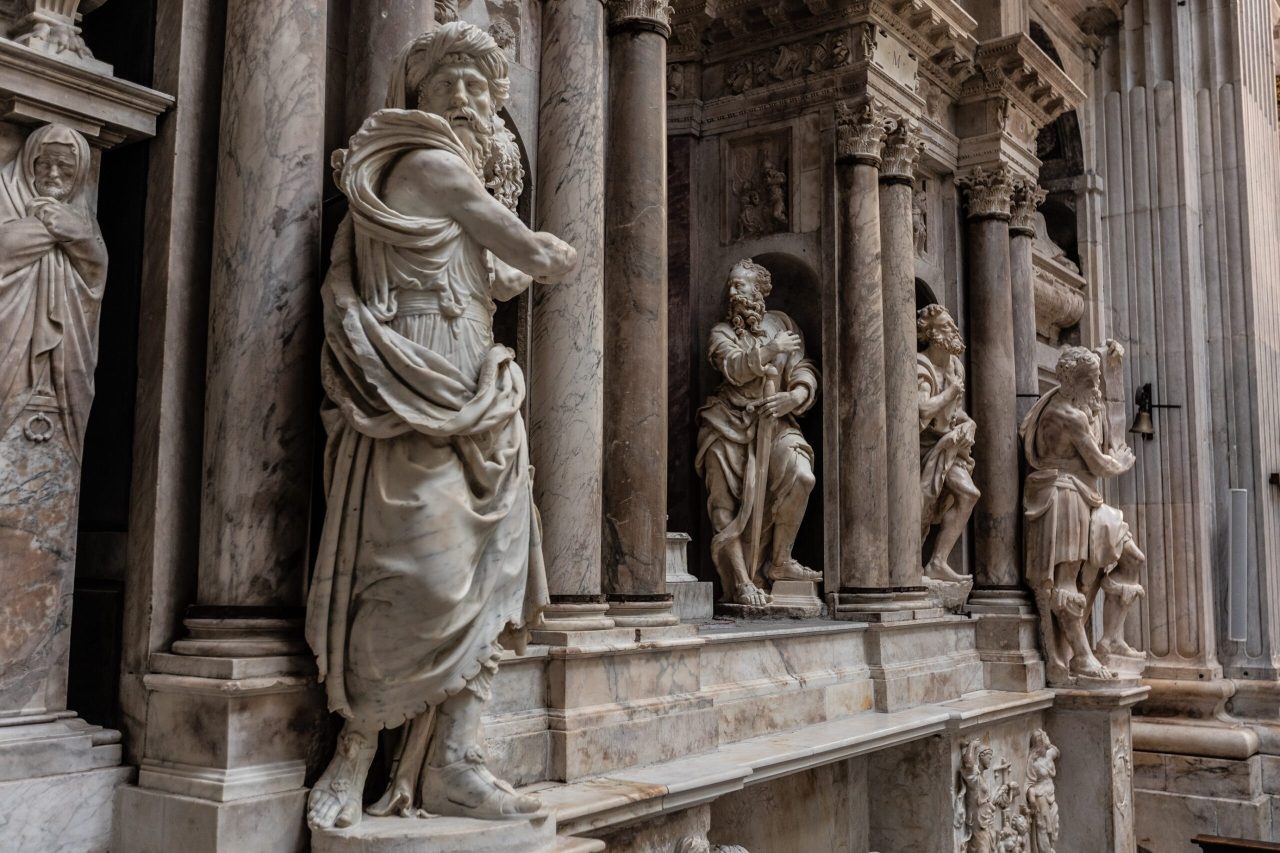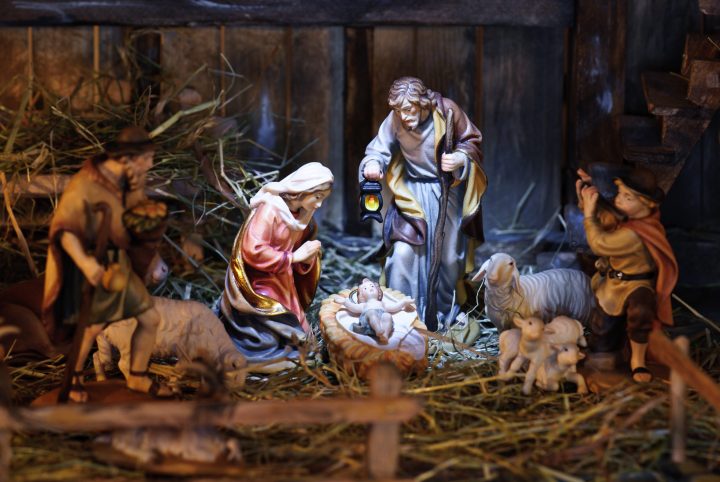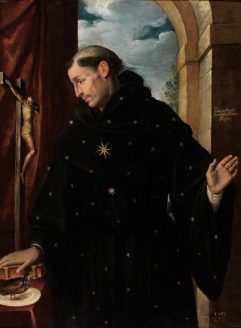
The saint, though properly admired and praised, tends to elude us because of his or her remoteness. We often fail to imitate what we regard as unreachable. But those who were saints did not, prior to their canonization, find that goal to be unreachable. Are we any different, we pre-saints? Let us remove their halos, for a bit of dusting, and bring the saints down to earth a little so that we are in a better position to imitate them. We should regard them as kindred spirits.
It was the primary intention of Phyllis McGinley, in her informative and entertaining book, Saint Watching, “to rescue them from their pious niches; to celebrate their eccentricities and persistent mortality”. I suppose we can say that each one of us is a little bit odd. But that certainly does not disqualify us from sainthood. To be sure, individuals do not become saints because of their eccentricities; they are eccentric because they are saints.
The fact that saints can be eccentric does not mean that they have lost sight of what is “centric,” namely, love of God and neighbor. It does, however, credit them with a humanity that can endear them to us. To speak about their eccentricities, needless to say, is not to ridicule them, but to bring them closer to us.
St. Philip Neri, as comical a saint as there ever was, refused to be a bishop, a gesture that seems un-ecclesiastical, if not eccentric. He refused pheasants and pigeons that were sent to him as gifts for his table. He returned them with a polite note begging the sender to keep them alive for him. This gesture would please today’s vegetarian and win applause from the animal rights brigade.
We think of Saint Teresa of Avila as a person of unusual practicality. When she was seven years of age, she and her brother Rodrigo decided to run away to northern Africa and become martyrs. They got no further than the open country outside the walls of Avila before they were met by Uncle Francisco who brought them back home, an accomplishment for which posterity can be grateful.
If an award can be given for the most eccentric of all saints it must be given to Simeon Stylites. Seeking greater and greater austerities, he fasted one year for all of Lent, chaining himself to a rock, standing for days at a time in furious prayer. His next mortification was living for four years on a pillar he erected that was six cubits (five yards) high. He then had enthusiastic supporters build higher and higher pillars for him. Finally he resided for 20 years on a pillar that was forty cubits high whose platform was a mere six feet wide. Charitable disciples hoisted food to him. He prayed without ceasing and, reportedly, converted thousands. This may be a case, however, where eccentricity eclipses imitability.
St. Ignatius of Loyola, founder of the Jesuit order, once came into contact with a Moor whom he attempted to convert. Failing in his attempt, Ignatius had a choice to make. Should he allow the Moor to go his own way, or enlist him in a fight to the end. Ignatius passed the decision to his mule. If the mule turned toward the side road the Moor had taken, he would fight him. Otherwise, he would leave him alone. Fortunately, the mule, so to speak, made the prudent and providential decision.
Saint Alphonsus Liguori was very fond of music but had little opportunity to enjoy it. The only one, from the stage of his native Naples, was problematic since entertainment of a dubious kind was performed there. How does a holy man avoid temptation? Alphonsus sat well back from the stage and once the curtain rose, he promptly removed his spectacles. He could hear, but not see.
Saint Don John Bosco had his enemies as saints often have. He was considered a lunatic for taking charge of a very large group of children. One day, a carriage arrived with two priests to take Don John to a hospital for examination. The saint had been warned. He was amiable to the priests and told them he would be happy to go with them “for a drive in the country”. He was prepared to step into the carriage but first, expressing his good manners, said “After you Fathers”. After the two priests were comfortably seated, John stepped back and shouted to the driver, “To the asylum.” And the carriage rattled away without him. A little trickery does not void a splendid sanctity.
Saint Martin de Porres had a great love for animals that extended to lower animals, a posture that may have at least bordered on the eccentric. He even treasured the vermin who nibbled the monastery vestments, and came to the defense of rats and mice on the premise that “the poor little things were insufficiently fed”. He was a Humane Society all by himself and kept a hospital for dogs and cats at his sister’s house. On the other hand, St. Bernard excommunicated the flies that pestered him and the members of his congregation. St. Bridget treated nature as if it were obedient to her commands: “Go out and ask the hens kindly to lay more eggs . . . Speak to the trees—see what they have left in the way of fruit . . . Talk gently to the cows and beg them for a little milk”.
As Saint Francis de Sales wisely remarked, “There is no harm to the saints if their faults are shown as well as their virtues”. Nor should we allow our faults to discourage us from continuing on our path to sainthood.




